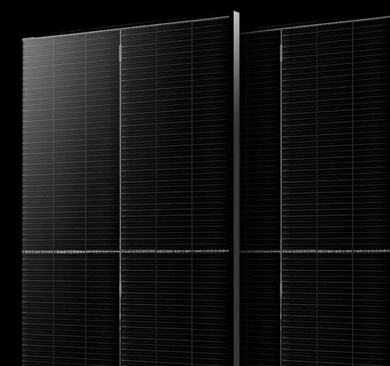
CIGS (Copper Indium Gallium Selenide) photovoltaic glass is another type of solar photovoltaic glass that utilizes thin-film photovoltaic technology. CIGS solar cells are composed of thin layers of semiconductor materials, including copper, indium, gallium, and selenium. When applied to glass substrates, these materials create a transparent or semi-transparent layer capable of converting sunlight into electricity. This advanced technology is often developed and manufactured by specialized industrial glass company entities focusing on innovative energy solutions.
Power supply | 75~515W; |
Size (mm) | 348X1709, 348X2583, 973X1709, 973X2583, 1292X1709, 1292X2583; |
Thickness | 2.5mm/20mm at J-box; |
IP67 waterproof rating | |
Irregular surface, curved surface available; | |
Seamless aesthetics, no existing structure change; | |
Thin-Film Solar Technology:
CIGS is a thin-film photovoltaic technology, similar to CdTe (Cadmium Telluride) and other thin-film technologies. Thin-film solar cells are characterized by the use of thin semiconductor layers, providing flexibility and potential cost advantages.
Semiconductor Composition:
The CIGS solar cell is composed of layers of copper, indium, gallium, and selenium. This combination of materials forms a semiconductor with the ability to absorb sunlight and convert it into electricity.
Transparent or Semi-Transparent:
CIGS photovoltaic glass can be designed to be transparent or semi-transparent. This feature allows for the integration of solar technology into windows, facades, and other building surfaces without compromising aesthetics.
Energy Conversion Efficiency:
CIGS solar cells have demonstrated relatively high energy conversion efficiency among thin-film technologies. Their efficiency is competitive with some types of traditional crystalline silicon solar cells.
Flexibility:
Thin-film technologies, including CIGS, are generally more flexible than traditional crystalline silicon solar cells. This flexibility allows for the integration of solar panels into curved or flexible surfaces.
Building Integration:
CIGS photovoltaic glass is often used in building-integrated photovoltaics (BIPV). It can be integrated into architectural elements such as windows, facades, and skylights to generate electricity while allowing natural light to pass through.
Lightweight:
Thin-film solar technologies are typically lighter than traditional solar cells. This characteristic can be advantageous for applications where weight is a consideration, such as in certain building structures.
Commercial Production:
CIGS solar technology has been commercialized, and several companies specialize in the production of CIGS solar panels. Ongoing research and development aim to improve efficiency and reduce manufacturing costs.
Advantages:
CIGS solar cells offer advantages such as potential cost-effectiveness, high energy conversion efficiency for thin-film technology, and suitability for a variety of applications, including BIPV.
Challenges:
Challenges associated with CIGS technology include the need for specific materials (indium and gallium) that can be costly and have limited availability. Research is ongoing to explore alternative materials and improve overall sustainability.
CIGS photovoltaic glass represents an attractive option for incorporating solar technology into architectural designs and building structures. Its flexibility, transparency, and competitive efficiency make it a viable choice for certain applications where aesthetics and energy generation are both important considerations.
Pls contact us if you have any inquire or questions, thank you.
No.12111, JINGSHI ROAD, LIXIA DIST, JINAN CITY, SHANDONG PROVINCE, CHINA